Seasonal Affective Disorder (SAD)
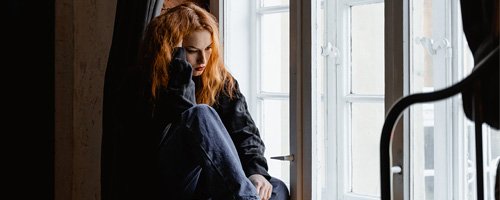
Seasonal affective disorder (SAD) is directly related to our circadian rhythms. As daylight grows shorter in the winter months, the darkness triggers a greater production of melatonin and much less vitamin D and serotonin. As a result, we feel more sleepy, lethargic, and emotionally detached. This inconsistency in our sleep-wake schedules is what leads to depression.
For this reason, the American Psychiatric Association classifies SAD as a type of major depressive disorder (MDD). While people with MDD feel depressed year-round, SAD lies dormant for most of the year, becoming most severe in January and February. Although it is possible for SAD to occur during the summer, it is far less common. Plus, it is more likely to occur in populations furthest from the equator and at higher altitudes.
But doesn't everyone feel a little more depressed in the winter?
Yes, but SAD is a little more severe than that.
Like MDD, SAD is a persistent depressed mood that lasts every day for a few months. People with SAD may lose interest in activities they once enjoyed, sleep even longer without feeling rested, and experience significant changes in weight and appetite. This is what makes SAD far different from mere "winter blues."
Then why are some people more prone to SAD?
While the change in daylight obviously triggers SAD, the cause still eludes researchers.
There may be something in people's biology or psychology that makes them more vulnerable to depression at certain times of the year. As far as we know, of the 6 percent of people who experience SAD every year, most of them tend to be women, teenagers and young adults.
What can people with SAD do for their health?
Light therapy is a common treatment for SAD.
It involves the use of a light box that mimics natural light, thereby promoting wakefulness even while it's getting darker outside. But although this therapy has proven effective with and without medication, it may cause eyestrain, headaches and nausea in people who are sensitive to light. It may even trigger mania in people with bipolar disorder.
For this reason, researchers have been developing other therapies that are just as effective as light therapy but without the drawbacks. Although some of these therapies have not received much scientific support, another option—cognitive behavioral therapy (CBT)—has been shown to reduce the onset of depressive symptoms. CBT for SAD may involve associating winter with more positive emotions, such as fun outdoor activities (skiing, building a snowman) and indoor activities (drinking hot chocolate, reading a book).
Otherwise, read here for a few cost-effective tips from the American Psychological Association.
-
Having Winter Woes? Here are 4 Ways SleepPhones® Headphones Can Improve Your Mood
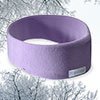
Winter can be brutal, but it doesn't have to be miserable. Let SleepPhones® headphones do the work of relieving your seasonal distress. Here's how.
-
Less Light, More Blues: Unraveling the Science Behind Seasonal Affective Disorder
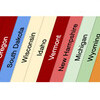
As the days get shorter and darker, millions of people around the world struggle with the winter blues, also known as Seasonal Affective Disorder (SAD). But what causes this condition, and how can it be treated? Recent research has shed new light on the science behind SAD, revealing a surprising link between the amount of light our eyes detect and the onset of symptoms. Learn more about the fascinating connection between light, latitude, and SAD, and discover how simple solutions like bright light exposure and better sleep habits can make a big difference in managing this common condition.
-
Depression and Insomnia
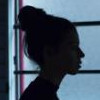
For individuals struggling with Seasonal Affective Disorder (SAD), the challenges of winter can extend far beyond feelings of sadness and lethargy. Many people with SAD also experience difficulties with sleep, including insomnia, which can further exacerbate symptoms of depression. Our "Depression and Insomnia" page delves into the complex relationship between these two conditions, exploring the ways in which SAD can disrupt sleep patterns and the impact that insomnia can have on mental health. By understanding the interconnectedness of depression and insomnia, individuals can better navigate their SAD diagnosis and develop effective strategies for managing their symptoms and improving their overall well-being. To learn more about the connection between depression and insomnia, and to discover tips and resources for coping with these challenges, visit our Depression and Insomnia page.
-
Alaska vs. Hawaii: The Sleep Struggle is Real (and Daylight Saving Doesn't Help)
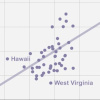
For individuals living in extreme latitudes, the struggle to maintain a healthy sleep schedule can be particularly daunting. In places like Alaska, where the sun can stay below the horizon for months on end, and Hawaii, where the days are consistently long and bright, the body's natural circadian rhythms can become severely disrupted. Add to this the bi-annual confusion of Daylight Saving Time, and it's no wonder that residents of these states often find themselves struggling with sleep disorders and related health issues. Our article, "Alaska vs. Hawaii: The Sleep Struggle is Real (and Daylight Saving Doesn't Help)", delves into the unique challenges faced by those living in these regions, exploring the ways in which the extreme daylight hours can impact sleep patterns, and offering tips and strategies for mitigating the effects of Seasonal Affective Disorder (SAD) and other sleep-related issues.
